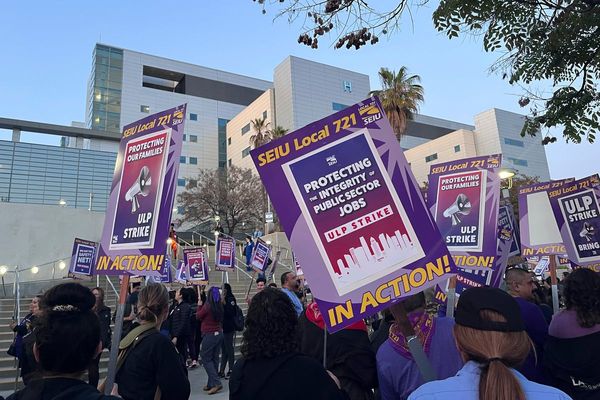
My friend and colleague Hardip Singh Dhanjal, who has died aged 60 of cardiac arrest, was a pioneering designer who shaped the imagery surrounding bhangra’s emergence as a popular dance music for young Asians in Britain in the 1980s. He designed innovative album sleeves for labels including Mighty M and MR Records, and bands such as DCS, as well as flyers for the daytime raves that that flourished in Southall, west London, and Handsworth, Birmingham.

In 1992 Hardip went on to establish Apna Beat, a monthly magazine covering Asian youth subculture, which he brought together with his other love and influence – 80s post-punk subculture. It was at this point that he began to explore bhangra as a political identity for British south Asians.
In later years he took a master’s degree at Brunel University. His thesis, titled In Bhangra We Trust, positioned the development of bhangra in UK as a socio-political movement, a viewpoint that he expressed when he appeared in the 2018 BBC documentary Pump Up the Bhangra. Hardip and I were working to stage a musical production of his thesis at the time of his death.
Hardip was born in Nairobi, the second of five children of Ram Singh Dhanjal, a carpenter, and his wife, Joginder. The family moved to London when he was a child, and Hardip went to Featherstone high school, in Southall, then Hounslow College and Ealing College, before studying graphic design, art and photography at St Martin’s College (now part of the University of the Arts London). In the late 1970s, he joined the anti-racist Southall Youth Movement, which was founded in 1976 after the racial murder of Gurdip Singh Chaggar by National Front members; and was a youth worker for SYM from the mid-80s onwards, alternating this work with his activities in music.

Hardip also created head-turning imagery to promote Asian comedy at the Watermans Arts Centre in west London in the 90s. His caricatures on posters and flyers amplified the comedy on stage, most notably for the Watermans One Nation strand, and were prominent in Edinburgh Fringe flyposting for a number of years.
A freethinker of hardened political conviction, Hardeep represented a generation of early south Asian artists who innovated and pioneered their own paths. That process helped to define British Asian identity for a whole generation and beyond.
Hardip is survived by his wife Jessie (nee Virdee), whom he married in 1989, and two daughters, Isher and Bishan.







